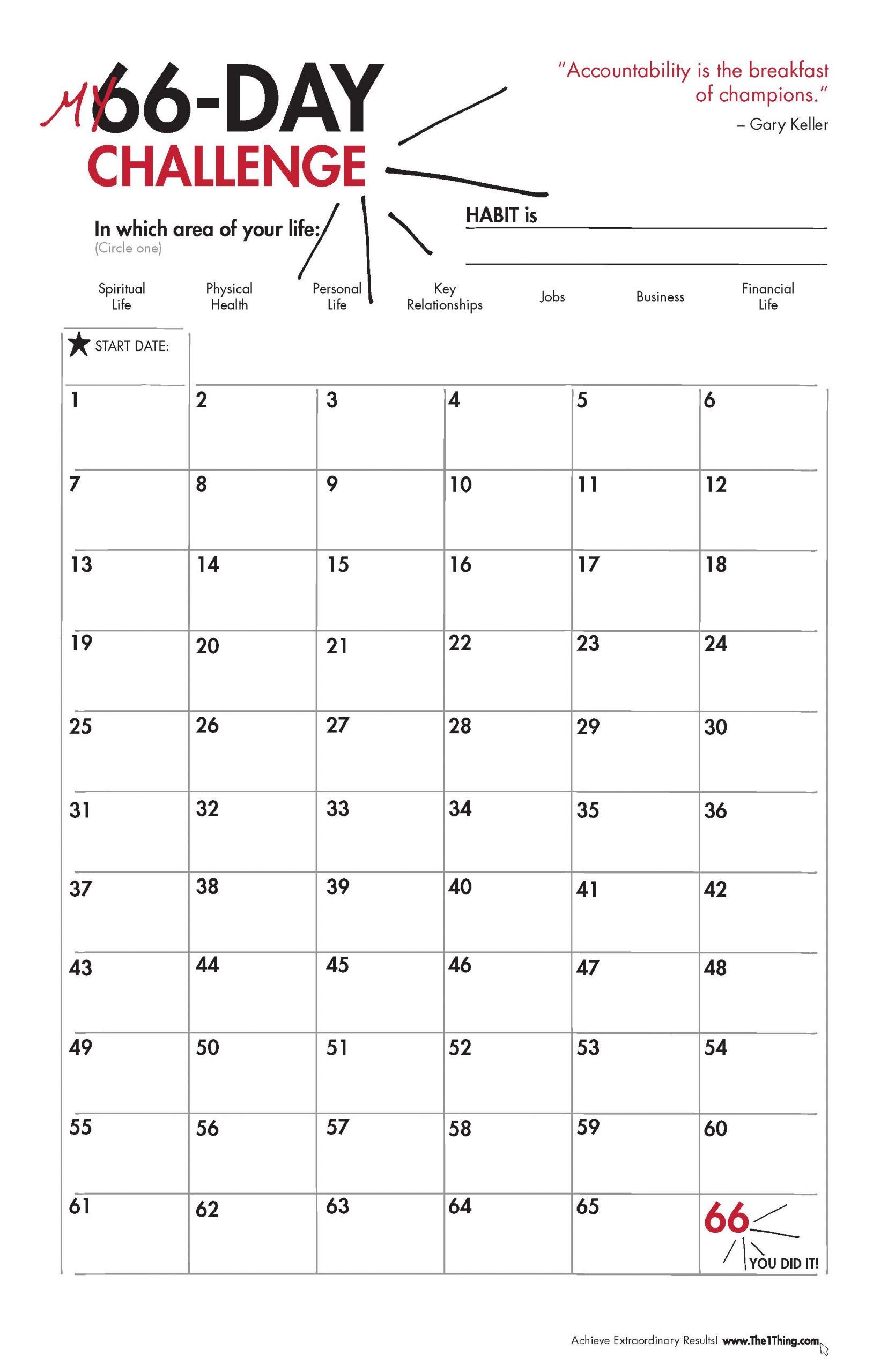 Success largely depends on habits, both good and bad. These automatic behavioral responses influence how we think, problem solve and manage time. Habits are so engrained that we often don’t even perceive them. They prompt us to make decisions without us being consciously aware of it.
Success largely depends on habits, both good and bad. These automatic behavioral responses influence how we think, problem solve and manage time. Habits are so engrained that we often don’t even perceive them. They prompt us to make decisions without us being consciously aware of it.
That can be a serious problem when you’re trying to reach a goal. Bad habits can sneak in and slow down progress, when good habits that could help you make headway are not yet established.
We all want to get rid of bad habits and replace them with good habits, but that’s no easy task. Trying to change or build numerous habits at once just isn’t realistic because of the amount of discipline involved. We’re more likely to succeed by focusing on one habit at a time.
Knowing where to start isn’t always obvious because habits are hardwired in our brains. Finding the first habit to make or break as you work toward your ONE Thing begins with prioritizing your tasks.
Finding the One Habit That Will Help You Hit Your Goal
The series of steps below can help you identify what tasks are of top priority, which habits influence those tasks and what triggers prompt the habit. From there you can decide if a habit is helping or hindering your ability to reach your goal.
Use the Focusing Question First
Anytime a person sets out to reach a goal, we always suggest asking the focusing question before prioritizing tasks: “What’s the ONE Thing you can do such that by doing it everything else will be easier or unnecessary?”
Answering this question will help you identify the first domino to line up so that things fall into place. Once you know what you’ll be doing to reach your goal, you can begin identifying habits that will help you get it done.
Keep a Log to Note Habits
Often we don’t even realize we have a habit. It’s so routine and natural that the habit doesn’t stick out. It also doesn’t help that when habitual behavior kicks in the decision-making part of our brain basically shuts down and lets the habit take over.
This process helps you preserve mental power, but you’re less likely to realize it’s happening. A work around is to take notes of what you do while working on your tasks. Does a ping letting you know you have a text cause you to drop what you’re doing and immediately check your phone? Do you take a coffee break at 2pm each day? Does each day start with checking and replying to emails?
It will slow things down for a few days, but logging what you do throughout the day – even the small stuff – will make habits more apparent. You’ll also be able to notice which habits make it harder to get work done. Ideally, you’ll discover your keystone habits. These are the habits that create chain reactions and are a launching pad for forming other good habits. For example, going to bed an hour earlier each night so you get more sleep and wake refreshed in the morning. Feeling refreshed will help you conquer new habits and take on new goals.
Figure Out Your Habit Triggers
Once you’ve identified habits that can help or hold back progress you need to know what is triggering them. A trigger, or cue, is the first thing in the “habit loop”. Triggers prompt our brains to go into auto-pilot mode and react in a habitual way.
Identifying triggers can make it much easier to undo a bad habit and builda good one.Changing the cue will naturally disrupt the automatic routine of a habit. Take a look back at your log. What happened right before the habitual behavior? That’s your trigger. It’s the key to making positive changes that lead to progress.
Take the 66-Day Challenge to Change Your Habits
Ready to change or create a habit for greater success? Habit formation isn’t a quick or easy process, but once the habit is formed it takes little effort to maintain.
Studies have shown it takes approximately 66 days to alter or establish habits. That’s the basis for the 66-Day Challenge®. It’s designed to help people stay on track and monitor progress until a habit becomes second nature. Resources like the 66-Day Calendar make growing pains easier to manage since your brain is having to work harder. Put it to work with your very own challenge – and use our own wellness challenge experiences as a basis for creating your own successful journey.
Get started today, we dare you! In less than 10 weeks you’ll have a new habit that helps you reach your goals instead of holding you back!
